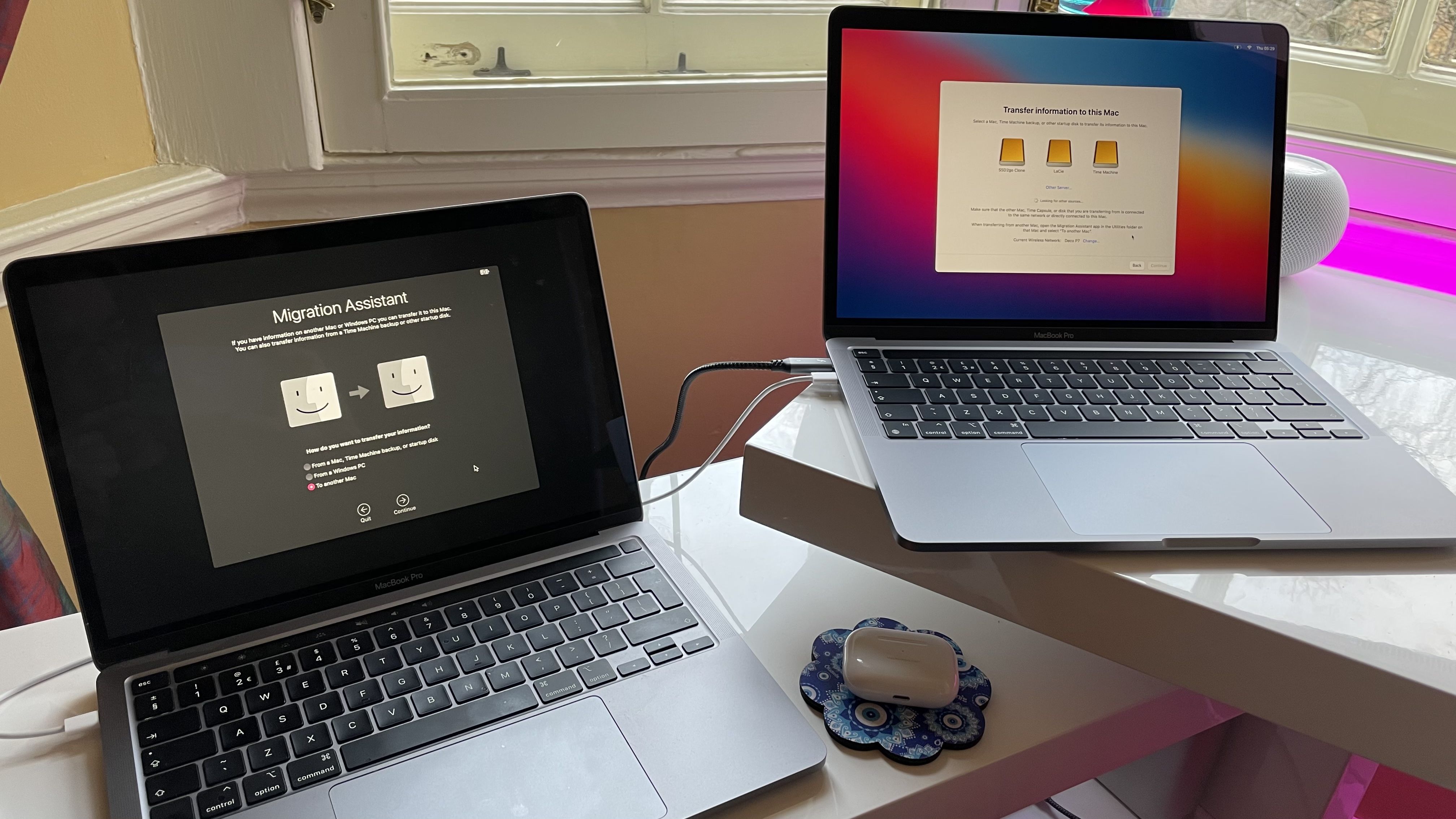

- Move files from mac to pc external hard drive how to#
- Move files from mac to pc external hard drive install#
- Move files from mac to pc external hard drive pro#
- Move files from mac to pc external hard drive free#
If there's still not enough storage on the computer or you just want to move iPhone backups to the external hard drive, continue reading.īack Up iPhone to External Hard Drive via iTunes or Finder This should stop clogging up your Mac's internal drive.
Move files from mac to pc external hard drive free#
If you've backed up the iPhone to iCloud - though the size of the backup may be overwhelming for the 5GB of free storage, then delete the backup on the Mac: Locate and Delete iPhone Backup in iCloud
Move files from mac to pc external hard drive how to#
Before this, we'll cover how to delete iCloud backup on Mac to get rid of the low storage problem. Our tips will help you change iPhone backup location to external hard drive, as well as back up an iPhone to an external hard drive directly. There's also a chance to revert the process to store the backup to Mac.

But the iOS backups take up too much space on internal HD, what's next?īesides the obvious option of backing up and syncing the files with iCloud to save space on Mac, you could also back up iPhone to external hard drive via iTunes (or Finder), a solution that involves locating and copying the backup to the external drive, and creating a symlink to point to that drive in future. You've been out backed up your iPhone to a MacBook or other Mac's drive, in case your device is malfunctional, lost or the data (photos, messages & attachments, etc.) is deleted. I've moved the backup folder to that external drive and need to know how to default iPhone backups to the external drive in the future.
Move files from mac to pc external hard drive pro#
Move files from mac to pc external hard drive install#
Open a terminal and run the command $ brew install ntfs-3g to install NTFS-3G.

Install NTFS-3G To Make MacOS Support Read-Write Microsoft Windows NTFS File System. After the format process complete successfully, you can copy files from macOS to USB disk successfully.Select ExFAT in the Format drop-down list and begin to format. Then click the Erase button at the top of the right panel.Open macOS Finder -> Applications -> Utilities -> Disk Utility.So we should change the USB Disk file format to others such as FAT or ExFAT. So if the USB disk is NTFS format, then the copy and paste operation can not be operated. The main reason for this issue is macOS can only read NTFS format files but can not write files to NTFS disk. Format The USB Disk With ExFat File Format.


 0 kommentar(er)
0 kommentar(er)
